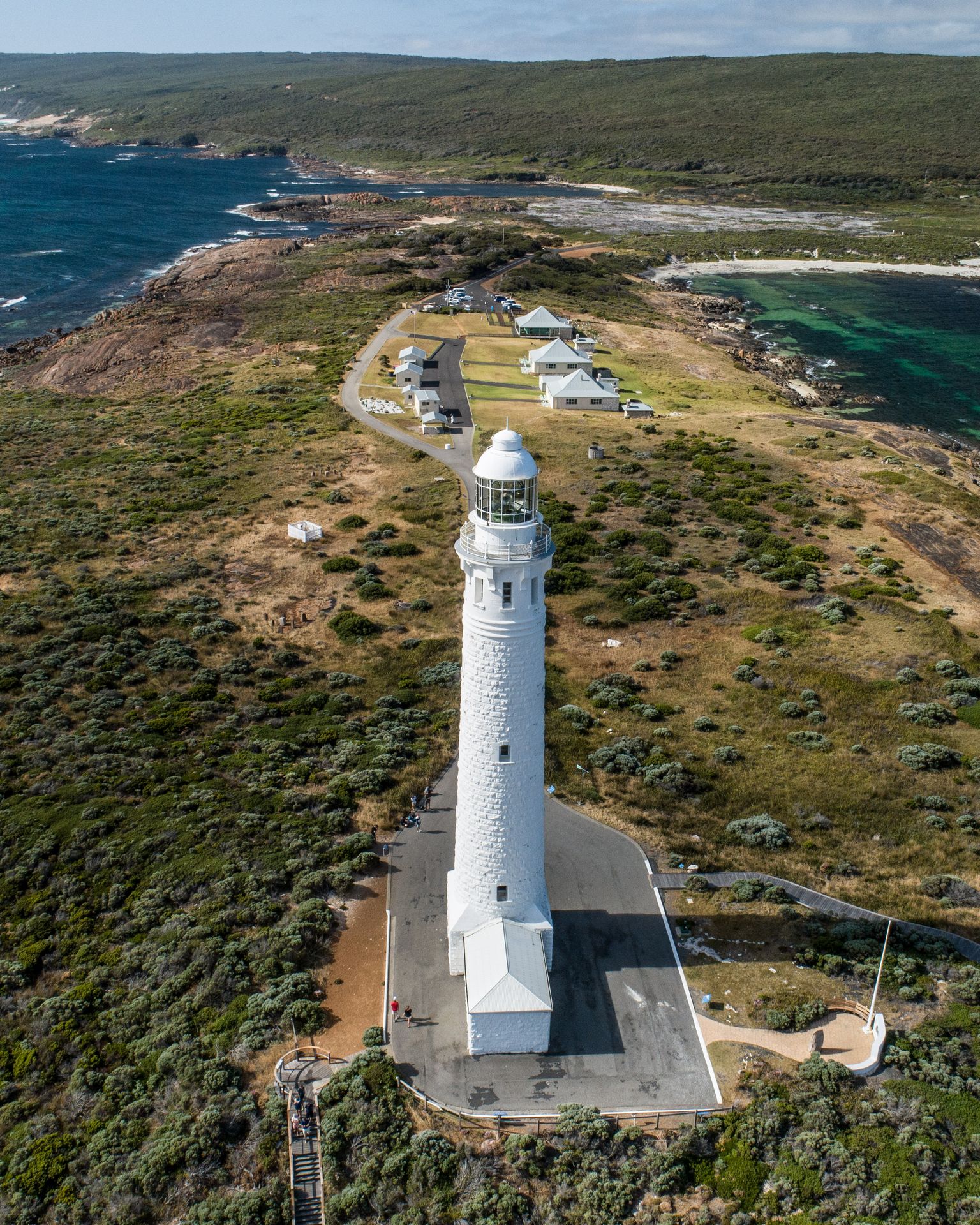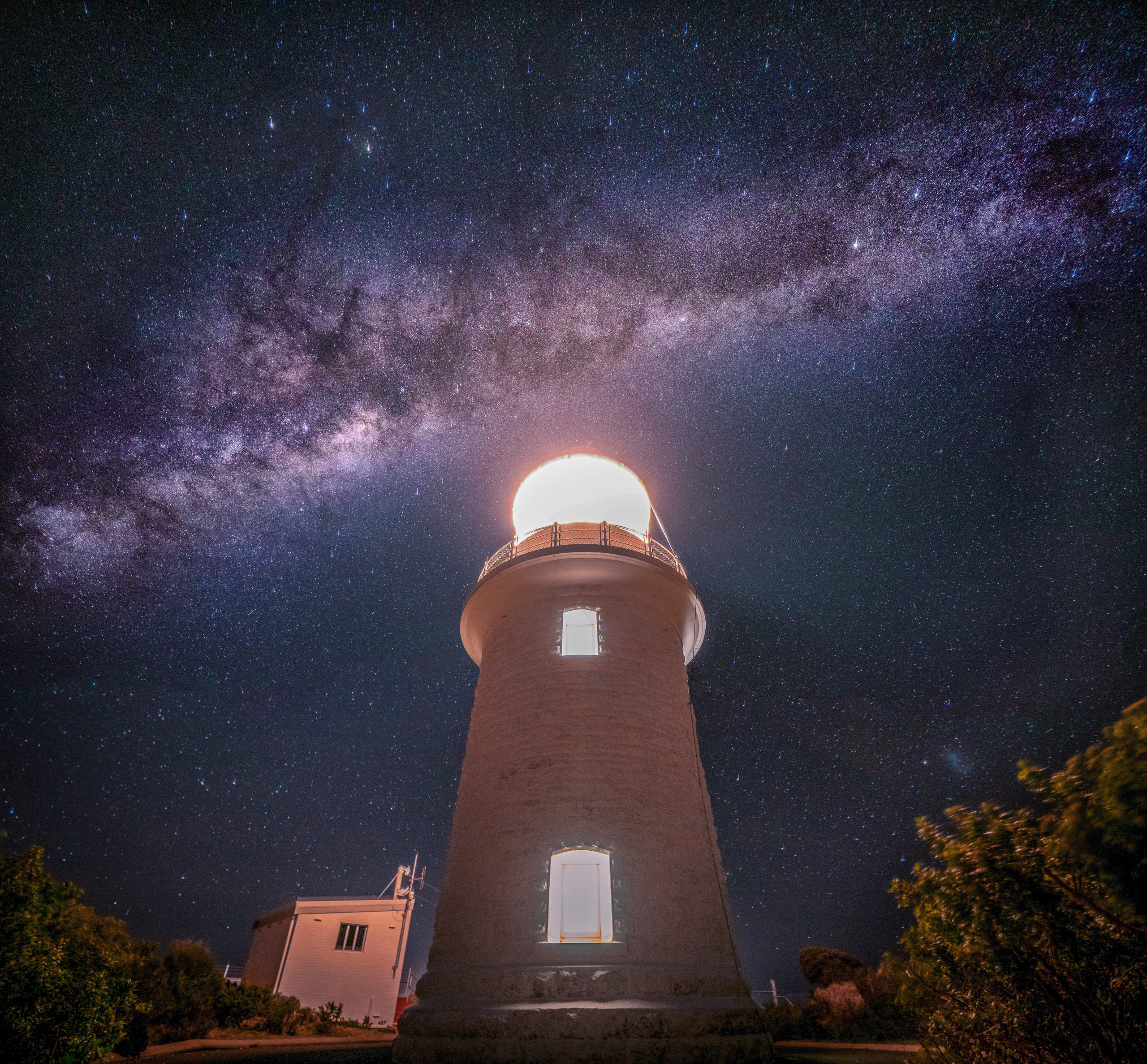Visit either lighthouse and you’ll note three small, stone cottages. Three lightkeepers and their families called the cottages home, and they’d grow their own veggies and home school their kids, as the respective towns of Dunsborough and Augusta were a half day journey by horse and buggy, and food was only delivered once a month.
The keeper’s lives revolved around night watches, winding the clockwork and pumping kerosene into the burner. It was a hard and isolating job, but essential work to protect the passing boats.
The lighthouse keepers were no stranger to tragedy; Cape Naturaliste’s first keeper, Carl Hansen lost his wife as she gave birth to twins in 1904, then his son died five years later of rheumatic fever in cottage one. Families got along because they had to, there was no other choice. Gradually over time, life became more comfortable and less dangerous; electricity was connected and sealed roads made it easier to visit town.
Eventually the romantic era of manned lighthouses ended and both Cape Leeuwin and Cape Naturaliste were fully automated. Operated, like other lighthouses, by the Australian Maritime Safety Authority, these towers remain a vital beacon to guide shipping and warn of the dangers of coming too close to the rugged coastline.






